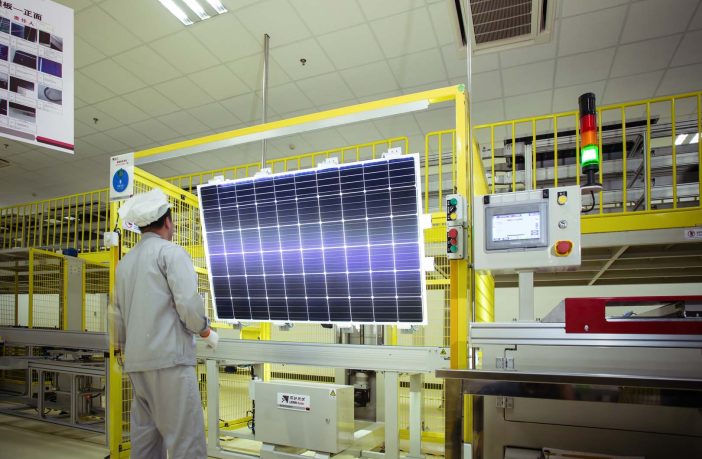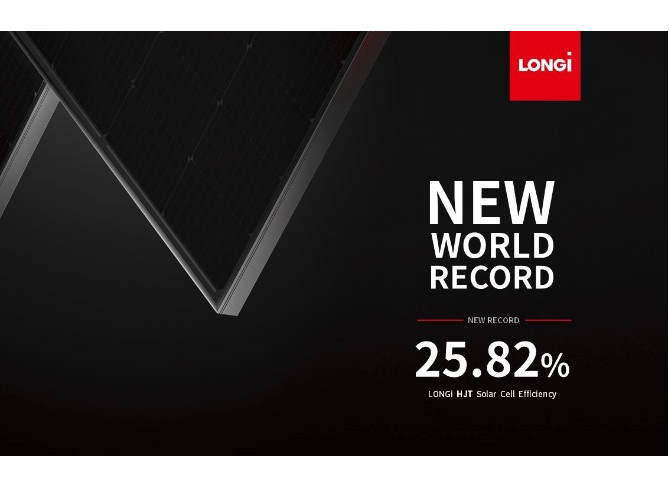- Making sense of indexes, scorecards and tests of solar PV modules can be confusing, but there is a good reason to do your research.
In a world where solar PV module manufacturers can give themselves a starry-eyed review, how do you independently verify the durability or reliability of the product you want to buy? Learning how to read between the lines when it comes to the tests performed on solar PV modules will stand you in good stead, especially considering they aren’t cheap and could come with problems you don’t even know to look for.
A recent webinar hosted by ESI Africa on Deciphering reliability testing drew on the experiences of two PV testing laboratories and a solar PV module manufacturer to look at what extended reliability testing tells you about the product’s potential longevity.
PV Evolution Labs (PVEL) was established ten years ago in California to help the downstream sector with empirical data for establishing the long term performance of solar PV modules. As head of PV Module Business at PVEL Tristan Erion-Lorico explains, “underperformance cannot be identified by certification testing” when justifying why investors and technical advisors ask for additional tests to be done.
Related news: Longi sets new world record 25.82% for HJT Solar Cell Efficiency
Kevin Robinson, Technical Sales Manager for MEA region for Longi Solar, said he agreed that the perception among many buyers is that solar modules are a commodity. “Quite often a customer will evaluate the module based on price. The second thing they will look at is tier-one or IEC testing. These are the minimum standards, but what we’ve seen over time is the materials do degrade and although they have a warranty period of 25 years, this doesn’t necessarily mean they last for 25 years.”
Climate change is affecting extreme influences on solar PV modules
The Longi Solar expert continued: “It is potentially a concern, especially for investors, that they’re not going to get their return on investment, and that can seriously impact the levelised cost of energy if you have a power plant that needs to be re-powered within in the first ten years.
“One of the things we subscribe to in testing is IEC testing which is designed to filter out the failures you expect in the first 3 to 5 years. But, extended reliability testing starts to simulate the conditions you expect the module to experience over its lifetime,” said Robinson.
Daniel Chang, Vice-President of Business Development at Renewable Energy Test Centre (RETC) in California explained stress testing of solar PV modules is important because the products evolve. “As we see more modules being installed in the world we still have a long way to go… we see different environmental stresses that could be more relevant than others. One of the more recent things, especially in the US, is hail [damage]so we are doing a lot more hail testing.
“As much as module manufacturers are adapting to the needs of developers and financiers to get more energy-dense products, labs like PVEL and RETC are constantly innovating to address the needs of where the modules are being installed and the new stresses they may go through,” explained Chang.
Chang gave an example, emphasising that it isn’t just whether a product is easily broken by the hail that they are checking, but how the unseen micro-damage could affect the module’s long-term ability to do its job of producing electricity.
Erion-Lorico says they have also noticed that hail has become a huge issue, specifically for the US market. “As solar gets cheaper it will be deployed in less and less ideal environments, like deserts it may not have been exposed to previously. Or high elevation environments and hail environments where previously modules were not being installed, not on multi-megawatt utility sites. We’re seeing that more and with the risks that come with that we’re pushed to do more extreme weather testing.”
“Certainly, the module purchasing community is worried about that and climate change makes it more impactful. Where maybe an area you didn’t worry about hurricanes or hail in the past, now you’re concerned about that. Perhaps in the past, you’re installing in an area that never had a wildfire and now they’re having it,” said Erion-Lorico
Author: Theresa Smith

Theresa Smith is a conference producer for Clarion Events Africa.
This article was originally published on ESI Africa and is republished with permission with minor editorial changes.













